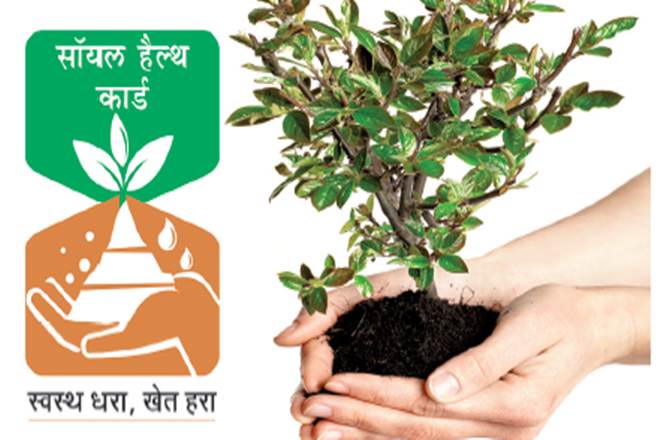New Delhi: The ‘Soil Health Card’ was a revolutionary step that targeted 100 per cent of farmers and all farm holding in India. But it is time to upgrade it to the next level to ensure more dividends, experts say.
It is largely believed that in Indian Agri history, the Soil Health Card has been one of its kind programme.
Whatever agricultural developmental programmes had been initiated previously, they did not target the entire farm households across the country. But this was an exception.
This was certainly a long-term initiative taken by Prime Minister Narendra Modi in 2014. This had yielded rich dividends. Prime Minister Narendra Modi launched the Soil Health Card Scheme on Feb 19, 2015, at Suratgarh, Rajasthan.
On the occasion, the Prime Minister gave the slogan: “Swasth Dharaa. Khet Haraa”–‘ Healthy Earth, Green Farm’.
Besides the Soil Health Card, another scheme or government programme covering 100 per cent of Indian farmers has been Pradhan Mantri Kisan Samman Nidhi.
“The Soil Health Card was unique. It runs very well in terms of development of information and digitising the soil fertility content. But its application for rationalising the use of fertilisers and also economic blending is limited,” says J P Mishra, ADG, ICAR.
“Therefore, I feel the next stage of Soil Health Card should target that because we already have information on the status of soil fertility of a locality. Now we need to customise the fertilisers at micro level so that issues of micro related deficiencies are understood,” he said.
Mishra told me that farmers have been overusing some fertilisers, like zinc, in some cases.
“Farmers have been applying zinc in some areas of northern states. This can induce phosphate deficiencies,” he said, suggesting that the next stage of the Soil Health Card should try to address some of these issues.
The government has set the national target for total food grain production at 3,280 lakh tonnes for 2022-23, compared to the expected production of 3,160 lakh tonnes in 2021-22.
However, there are certain inherent challenges to the Agri scene otherwise. Several problems plague Indian agriculture; some are natural, and others are manmade. There are issues like fragmented land-holdings, issues related to seeds, manures and fertilisers, irrigation related challenges, soil erosion and agricultural marketing. Concerted efforts are on to bring in overall improvement across the board.
There is perhaps more necessity for hand holding the farmers’ bodies by the government and the private sector.
Overall, the Indian food industry is poised for huge growth, increasing its contribution to the world food trade every year due to its immense potential for value addition, particularly within the food processing industry.
The Indian food processing industry accounts for 32% of the country’s total food market and is ranked fifth in terms of production, consumption, export and expected growth.
The total agricultural and allied products exports stood at US$41.25 billion in FY21.

















Comments